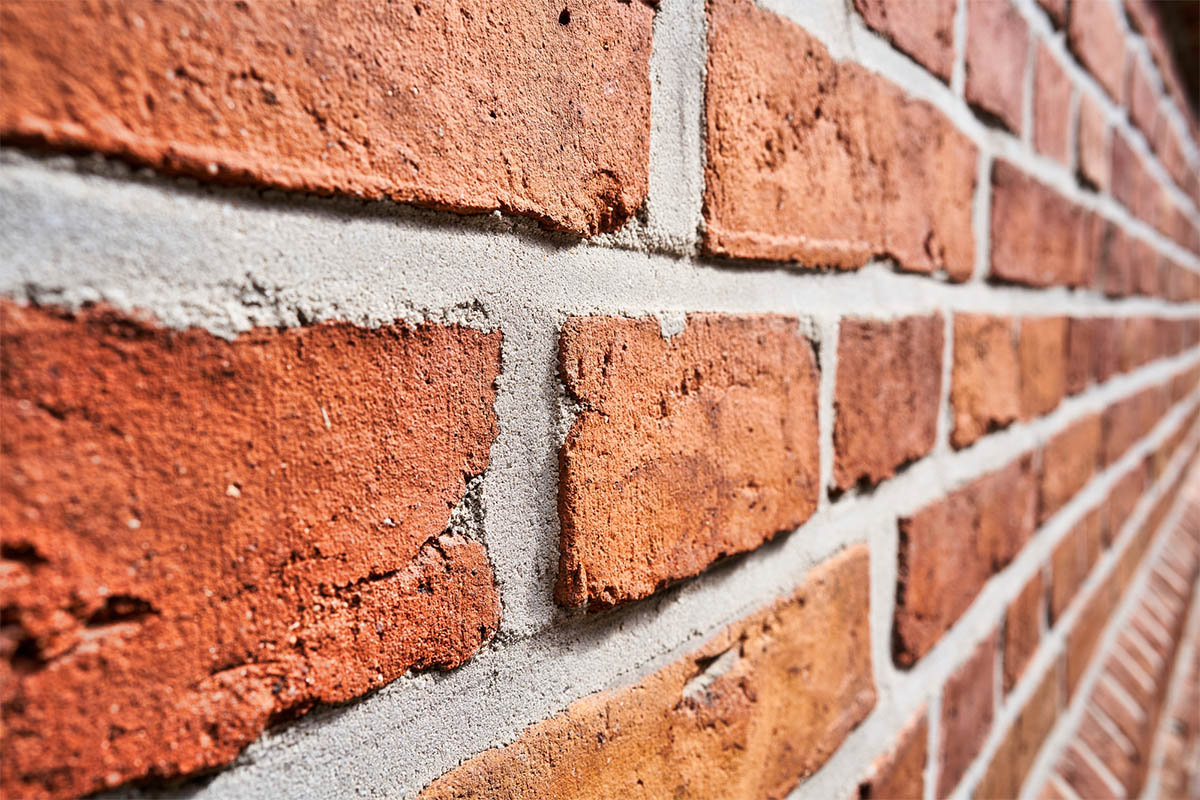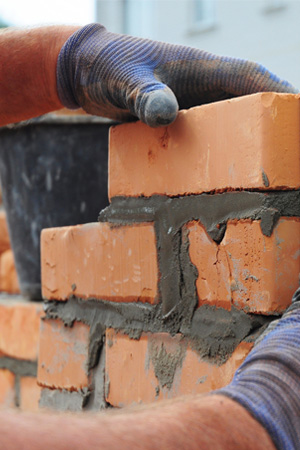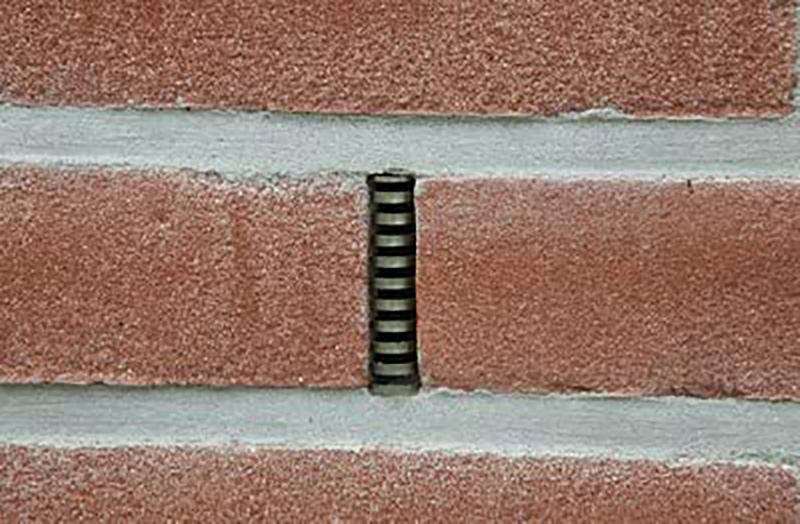

We may earn revenue from the products available on this page and participate in affiliate programs. Learn More ›
Q: We recently bought a 25-year-old brick home. The other day I noticed that a few mortar joints along the bottom row of bricks have no mortar in them at all. At first I thought the gaps were a construction mistake, but when I saw evenly spaced the empty joints are, I wondered if maybe they were made intentionally. Do you know of any reason the bricklayer might have left them empty? And do these empty mortar joints make my house vulnerable to insects?
A: It must’ve come as a surprise to see these uniform spaces on the brick house you count on to be solid! But what you’ve noticed are almost certainly weep holes in brick: openings left deliberately by the mason who built the wall as a defense against water damage. Weep holes can be found on virtually all houses with brick siding, whether they’re brand new or centuries old.
Because bricks and mortar are porous, they absorb water that can seep through the bricks and then run down the backside of the bricks. If the water cannot drain, it could puddle inside the wall and potentially damage your home’s structure. Weep holes are created as an escape route for water, but they aren’t open all the way to your home’s interior; the holes only go as deep as the structure’s exterior sheathing (panels that attach to the outside wall studs).
Unfortunately, insects—sometimes even mice and snakes—might still be able to gain entry to your home through weep holes. Keep reading to learn more about these essential openings and to find out how you can keep unwanted critters out.
Masons make weep holes via a variety of methods.

Some weep holes are created by placing hollow circular tubes at the bottom of a mortar joint and leaving them in place after adding mortar to the rest of the joint. Others are created by temporarily placing an object, such as an oiled rope, at the bottom of the mortar joint and then pulling it out once the mortar begins to harden, leaving a small hole. Still others are created by putting a thin piece of sheet metal or plastic over a mortar joint so no mortar enters the joint at all—this sounds like the type of weep holes you’ve described on your home.
Weep holes provide ventilation as well as drainage.
The holes you see lead to an air cavity that lies between the home’s exterior sheathing and the bricks themselves. The cavity is about an inch wide, and the air that naturally flows through the weep holes in brick helps to reduce the moisture level in the air cavity.
Had you inserted a stick or ruler to determine the depth of the holes, it would have stopped at the sheathing on the other side of the air cavity. Since standard bricks are 3⅝-inch-wide, and the required air cavity between the sheathing and the wall is one inch, the total depth of weep holes is typically 4⅝ inches.
Additionally, the sheathing is covered with a moisture-resistant membrane, sometimes called a vapor barrier, that helps protect it. Both the membrane and the weep holes protect the home’s structure from moisture damage and help ward off potential mold growth.
Flashing directs water to the weep holes.
The purpose of all flashing is to keep water from going where it can cause damage. In the air cavity between sheathing and bricks, flashing—which can be either sheet metal or a butyl rubber membrane product—directs any water that seeps through the bricks to the weep holes.
Often, the flashing is visible beneath the lowest row of bricks, and if it’s metal, it may fold down over the foundation an inch or so. Behind the bricks, the flashing connects at an angle to the sheathing to ensure that any moisture that collects and runs down will follow the flashing and exit through the weep holes. Weep holes will always be located in the row of bricks directly above the flashing, because flashing is installed below the bottom row of bricks.

There might be more weep holes above doors and windows.
If you look carefully, you might also find weep holes in the mortar joints over doors and windows. Since doors and windows are penetrations into a home’s protective envelope, these areas will also have flashing (even if they don’t have weep holes) to keep water from running down the inside of the wall. Whether or not you’ll find weep holes above doors and windows typically depends on the local building codes in your community. As an added precaution, some masons will install them even if local codes do not require them.
Weep holes should not be sealed to keep pests out.
The holes—especially if they encompass an entire mortar joint (usually about ⅜-inch wide)—can permit insects, mice, and even small snakes to enter and then take up residence in the air space behind the bricks. If there’s a gap in the home’s sheathing, the intruders might be able to get into the stud walls, and from there, into other parts of the home through places such as gaps in the baseboard or unseen openings behind cabinets. Though homeowners naturally want to block pests, weep holes should not be sealed with caulk or mortar. The holes are still necessary to drain water and to ventilate the air space.

Instead, fill weep holes without sealing them.
Small pieces of steel wool (just pull it apart) or pieces of a plastic scrubber can be pushed into the entrance of a weep hole to keep unwanted critters out. Both items will effectively block the weep holes while still allowing air to filter in and water to seep out. If the entire mortar joint is open, consider filling it with a product made specifically for filling open mortar joints, such as the Rid-O-Mice Stainless Steel Weep Hole Covers (available on Amazon).
